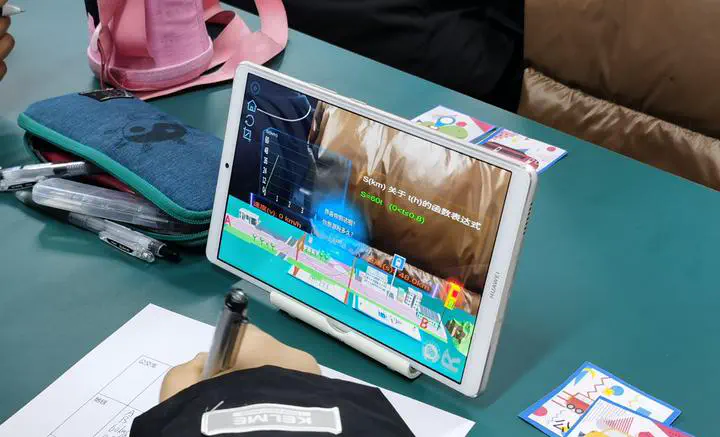Using AR to Enhance Students’ Representational Fluency
 AR -math
AR -math🌟 Project Overview
This joint research project, conducted in collaboration with Columbia University, Beijing Normal University, and East China Normal University, investigates how augmented reality (AR) can enhance students’ representational fluency and self-efficacy in understanding linear functions. The project focuses on designing and evaluating AR applications to support mathematical concept formation and problem-solving skills.
🛠️ Key Responsibilities • Developed 5 AR apps with varied design features to promote students’ understanding of linear functions. • Conducted Design-Based Research (DBR) to iteratively refine the apps and assess their impact on student learning. • Collected and analyzed data, including: • Quantitative Analysis: Conducted ANOVA to examine differences in learning outcomes. • Qualitative Analysis: Coded interviews and reflective journals to uncover patterns in students’ experiences. • Co-authored papers to disseminate findings and insights from the study.
💡 Research Impact
This project demonstrates how leveraging AR can foster representational fluency and build students’ confidence in mathematical problem-solving. By combining innovative technology with evidence-based research, it contributes to the development of cutting-edge educational tools and pedagogical strategies.